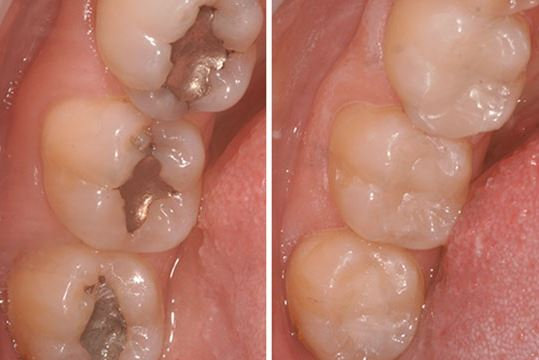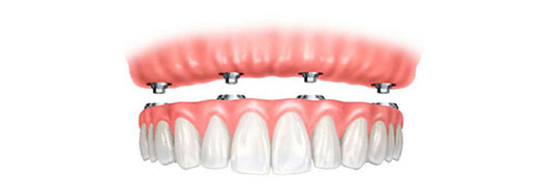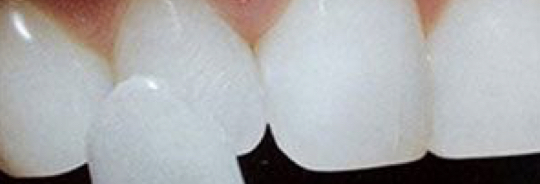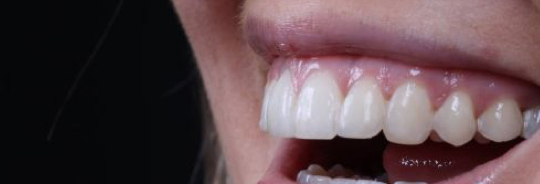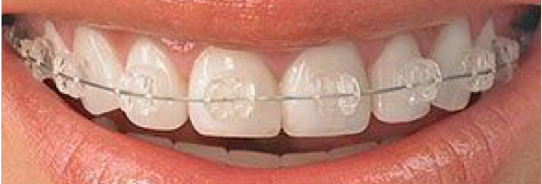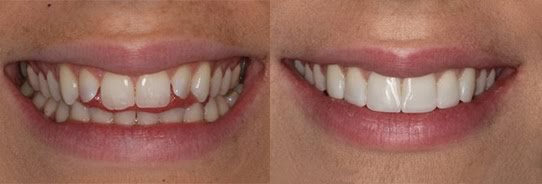
Blog
We post all the latest information here regularly so it's always up to date for you. If there is a topic you would like to have us cover please ask.
24 October 2019
Fissure Sealants Explained

Have you ever noticed how uneven the chewing surfaces are on your back teeth? That’s because these teeth (your molars) have pits and grooves. Cavities occur when acid breaks down the hard, protective enamel surface of the tooth. Plaque is a thin film of bacteria that coats everyone’s teeth all the time. When you eat, the bacteria in plaque produce the acids that can break down tooth enamel. Brushing your teeth and cleaning between them helps remove the plaque and food particles that can cause this breakdown, so these are 2 important things that you can do to reduce your risk of developing decay. However, it is difficult to clean inside the pits and grooves on your molars with a toothbrush. Luckily, sealants can protect your teeth from decay by filling in those pits and grooves, keeping food and plaque out. Sealants may even stop very early stages of tooth decay from going on to form a cavity.
What Are Sealants?
Usually, sealants are made of a special type of plastic, although sometimes other dental materials may be used. The sealant is applied in a thin coat to the chewing surfaces of your molars. It covers the deep pits and grooves that put you at risk of developing tooth decay. “This coverage makes sealants one of the most effective interventions available for prevention of tooth decay,” according to Dr. Alonso Carrasco-Labra, director of the American Dental Association’s Center for Evidence-Based Dentistry. With the exception of an allergy that may exist, there are no known side effects to sealants.
Who Should Get Sealants?
Children and adults both can benefit from sealants. The earlier in life they are applied, the greater protection sealants offer, but it’s never too late to protect any chewing surface that is free from tooth decay with sealants. Sealants are a good investment for anyone, as they can save time and money down the road because you won’t need to treat tooth decay. However, you should check with your insurance carrier to be sure that sealants are covered under your policy.
How Long Do Sealants Last?
Sealants are very durable, and in most cases, hold up for several years. Everyone is different, however, and sometimes sealants need to be reapplied. Your dentist will check them at every visit.
Do Sealants Take The Place of Brushing & Dental Visits?
Nothing takes the place of good oral care. Your daily routine should include brushing your teeth for 2 minutes, twice a day. Use a soft-bristled toothbrush and a toothpaste (or gel) with fluoride that have the ADA Seal of Acceptance. Flossing goes hand in hand with brushing. Once a day, you should floss or clean between your teeth. This can be done with dental floss or another product made specifically to clean between the teeth, such as prethreaded flossers, tiny brushes that reach between the teeth, water flossers, or wooden plaque removers. Cleaning between your teeth once a day helps remove plaque from between your teeth—another area your toothbrush can't reach.
In addition, you should see your dentist on a regular basis for professional cleanings. Treatments such as topical fluoride, provided by your dentist when needed, also can be important in keeping your teeth cavity-free. Sealants are easy to apply and, along with good daily care and regular visits to your dentist, they can be part of a complete dental health plan. Contact us to find out more!





